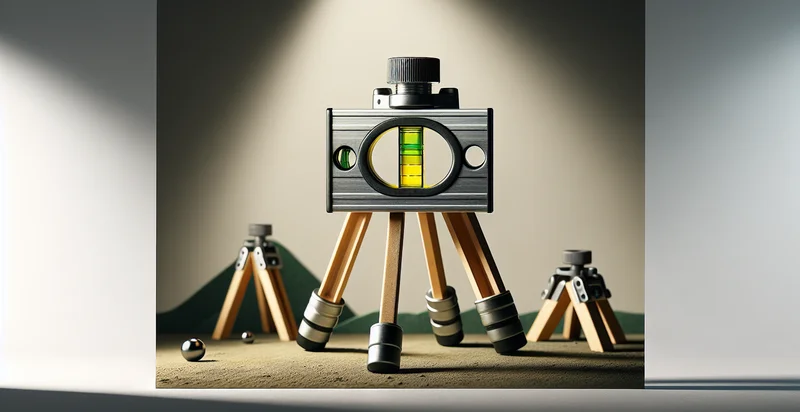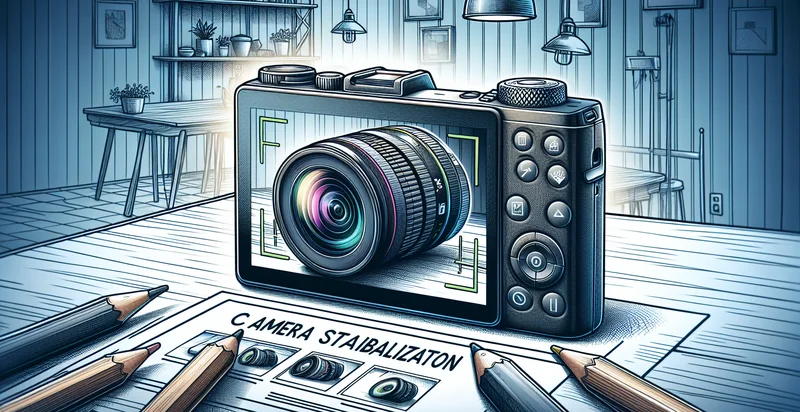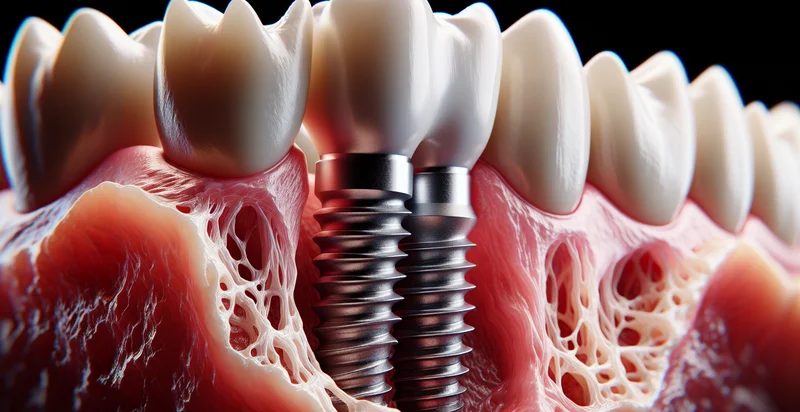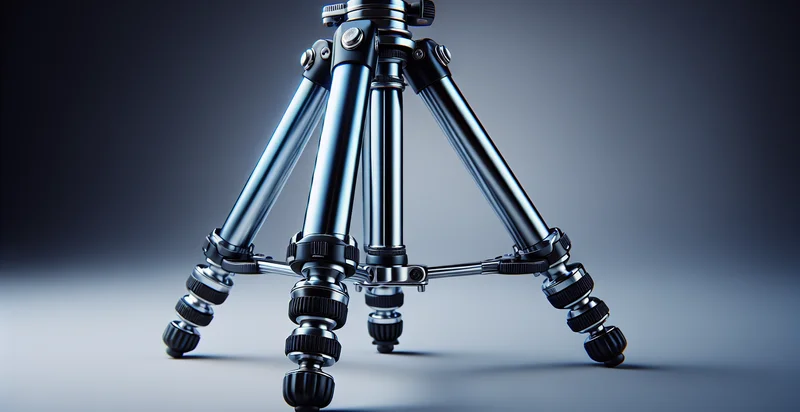Identify tripod stability level
using AI
Below is a free classifier to identify tripod stability level. Just upload your image, and our AI will predict the stability level of a tripod - in just seconds.

Contact us for API access
Or, use Nyckel to build highly-accurate custom classifiers in just minutes. No PhD required.
Get started
import nyckel
credentials = nyckel.Credentials("YOUR_CLIENT_ID", "YOUR_CLIENT_SECRET")
nyckel.invoke("tripod-stability-level", "your_image_url", credentials)
fetch('https://www.nyckel.com/v1/functions/tripod-stability-level/invoke', {
method: 'POST',
headers: {
'Authorization': 'Bearer ' + 'YOUR_BEARER_TOKEN',
'Content-Type': 'application/json',
},
body: JSON.stringify(
{"data": "your_image_url"}
)
})
.then(response => response.json())
.then(data => console.log(data));
curl -X POST \
-H "Content-Type: application/json" \
-H "Authorization: Bearer YOUR_BEARER_TOKEN" \
-d '{"data": "your_image_url"}' \
https://www.nyckel.com/v1/functions/tripod-stability-level/invoke
How this classifier works
To start, upload your image. Our AI tool will then predict the stability level of a tripod.
This pretrained image model uses a Nyckel-created dataset and has 11 labels, including Balanced, Bouncy, Firm, Highly Unstable, Moderately Stable, Secure, Slightly Stable, Stable, Unstable and Very Stable.
We'll also show a confidence score (the higher the number, the more confident the AI model is around the stability level of a tripod).
Whether you're just curious or building tripod stability level detection into your application, we hope our classifier proves helpful.
Related Classifiers
Need to identify tripod stability level at scale?
Get API or Zapier access to this classifier for free. It's perfect for:
- Photography Equipment Quality Assessment: This function can be used by manufacturers and retailers of tripods to assess the stability of their products. By evaluating the false image classification of stability levels, companies can improve the design and quality control processes for tripods, ensuring safety and performance standards are met.
- Smartphone Camera Features Enhancement: Smartphone makers can integrate this function into their camera software to help users determine optimal conditions for taking stable photos. By identifying the stability level of the surface or setup, users can receive suggestions for adjustments or warnings to prevent blurry images.
- Film and Video Production Support: In the film industry, this classification function can help crews during shoot setups by assessing the stability of tripods or supports on location. This can prevent equipment failures and improve production quality by ensuring that camera angles and shots are maintained correctly.
- Emergency Response Drone Stability Monitoring: Drones used by emergency services can incorporate this function to assess landing gear stability when deployed in critical situations. Ensuring equipment stability can be vital for conducting effective operations and maintaining safety for responders on the ground.
- Virtual Reality Equipment Testing: Companies developing VR equipment can leverage this function to evaluate the stability of their physical setups. Understanding and classifying the stability levels can lead to significant improvements in user experience and immersion by reducing motion artifacts.
- Sporting Event Broadcast Optimization: Broadcasters can use this function to ensure that camera setups during sporting events are stable, especially when using portable or temporary tripods. This assessment can lead to improved image quality, providing viewers with a more enjoyable and professional broadcast experience.
- User-generated Content Analysis: Social media platforms can implement this function to analyze and categorize user-generated content based on stability factors in photography. By offering insights on stability levels, platforms can enhance their content recommendation algorithms to feature higher-quality images and videos.


